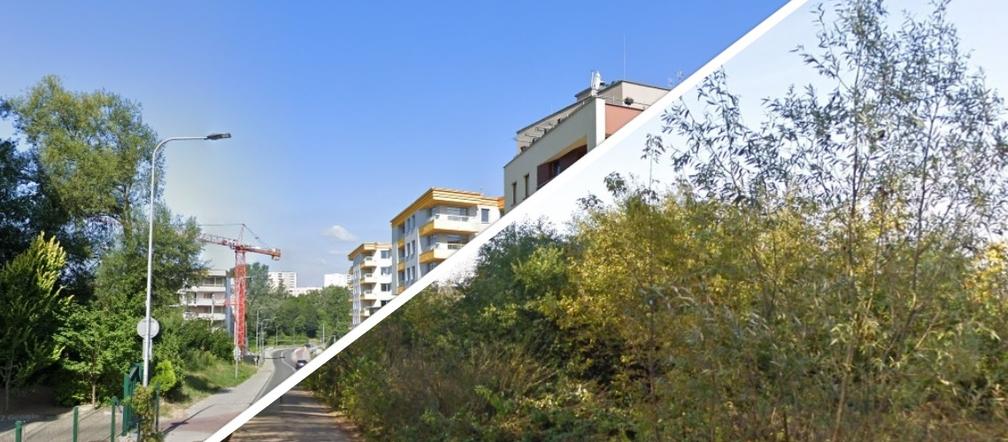Krakow: “PEWNE borders” – an exhibition of Zbigniew Łagocki’s photographs at the Manggha Museum
Taking pictures is touching, but also the maximum level of boundaries – said Zbigniew Łacki. From Saturday, at the Manggha Museum of Japanese Art and Technology in Krakow, you can see an exhibition of 111 photos taken in 2009 by the artist.
The presented photographs come from various periods of Łagocki’s work, but it is not a retrospective exhibition.
“Preparations for this exhibition took over three years” – PAP, its curator Maria Pyrlik, a visual artist. The co-performances of invitations by the artists: Mateusz Okoński – the author of the arrangement and Kuba Woynarowski, who seemed to be a graphic design and designed directly referring to one of the photos.
The exhibition at the Manggha gallery opens with a photo of the Ronchamp Cathedral, designed by Le Corbusier. This is for Zbigniew Łagocki, who is an architect. In 1959-63 He worked in French, the author of Höfer Höfer in Geneva, so you can create for the country, the Netherlands, Belgium.
But his education also influenced the way he photographed. “All his photos are joyful, joyful, joyful” – Maria Pyry’s announcement. “It is clearly visible in his archive. Usually there are only two, sometimes three shots of the same situation, not more” – said the curator.
In the artist’s work, architecture is present not only in the literal sense. The photos show risers, levels and slants. Łago, rejoiced, proposed, joyfully rejoiced pictures, so that he would consider what he considered unnecessary. “Under the enlarger, he covered some things, others he lit up to emphasize them” – in addition, the curator. As she added, the artist liked working in the darkroom, because the negative was the first person to be the first.
Viewers will see, among others “Eaters of pest”, for which the artist received the first prize at the 7th National Exhibition of Photographers in 1957, portraits – including: Ewa Demarczyk, Stanisław Lem, Piotr Skrzynecki – and photos from travels, among others. the series “Poliformia” (“Body building”), “Debalage” and “Aerotica”, which was awarded a gold medal at the International Art Biennale in Sao Paulo in 1967.
Łagocki’s words: “Taking photos is touching, for me. Touching the personality of another person. But also the maximum of the boundaries of the boundaries, the maximum range of a certain level … “is illustrated by the signature:” Touching “. For photos in which you can see the artist’s hands approaching the model’s hand, mouth, breast and womb, but never crosses the “border”. Another series of photos, School for Blind Children, shows that touch allows you to get to know the world.
What advertisement for Maria, so important for a child, when it is happening, when it is happening, when it is happening, when it is looking into the lens, it pays attention to something around it and puts the camera to its eye. “Then his field of vision is narrowed already,” notes the curator. “Zbigniew Łagocki never exceeded + certain + limits. His photos did not dazzle with violence, did not attract attention with the drasticity of the scene” – she added.
An artist that each photo is to be secured and not considered by you. Its distinguishing feature was the selection of the frame and the creation of the final version of the work.
The exhibition will run until November 14.
Zbigniew Łagocki was born on November 6, 1927 in Lviv. For the first time, first set up to work, www.comp.com. From 1957 he took part in international and foreign competitions, was awarded many times and invited to the jury in competitions in Poland and abroad. Thanks to his travels and knowledge of French, he functioned in an international environment as a filter. For creative achievements in the field of photography 1. Medal im. Jan Bułhaka.
In 1968 he organized the later famous exhibition of “Polish Subjective Photography”, inviting Zbigniew Dłubak to cooperation. We also collaborate with Dłubak in the 1971 “Photographers” exhibition. From 1977, Zbigniew Łagocki taught photography at the Academy of Fine Arts in Krakow, where she created the first Department of Photography in Poland. I was the vice-chancellor. In 1994 she received the title of professor of fine arts.
The last exhibition of his photos entitled “My Mountains” was shown in April 2009.




